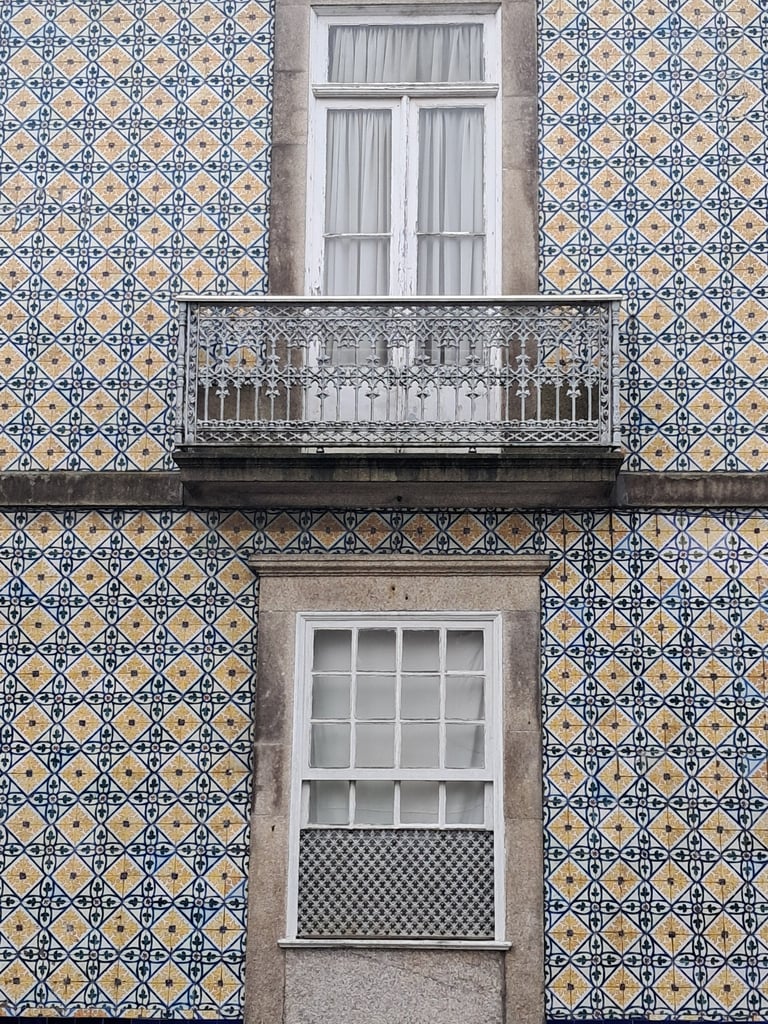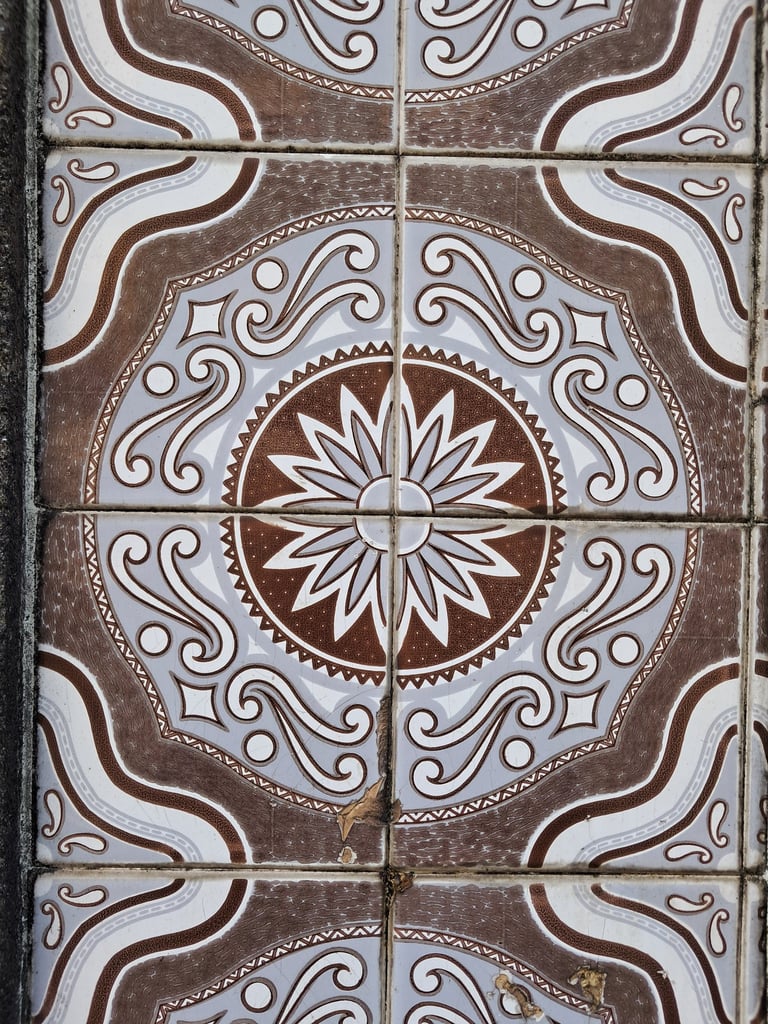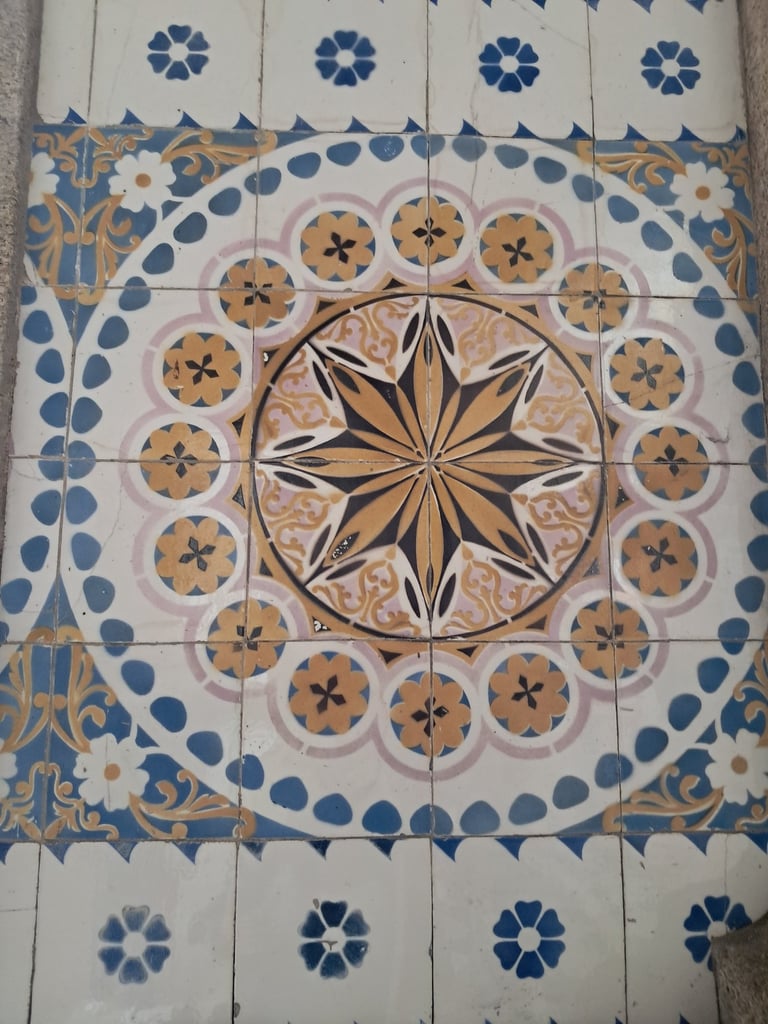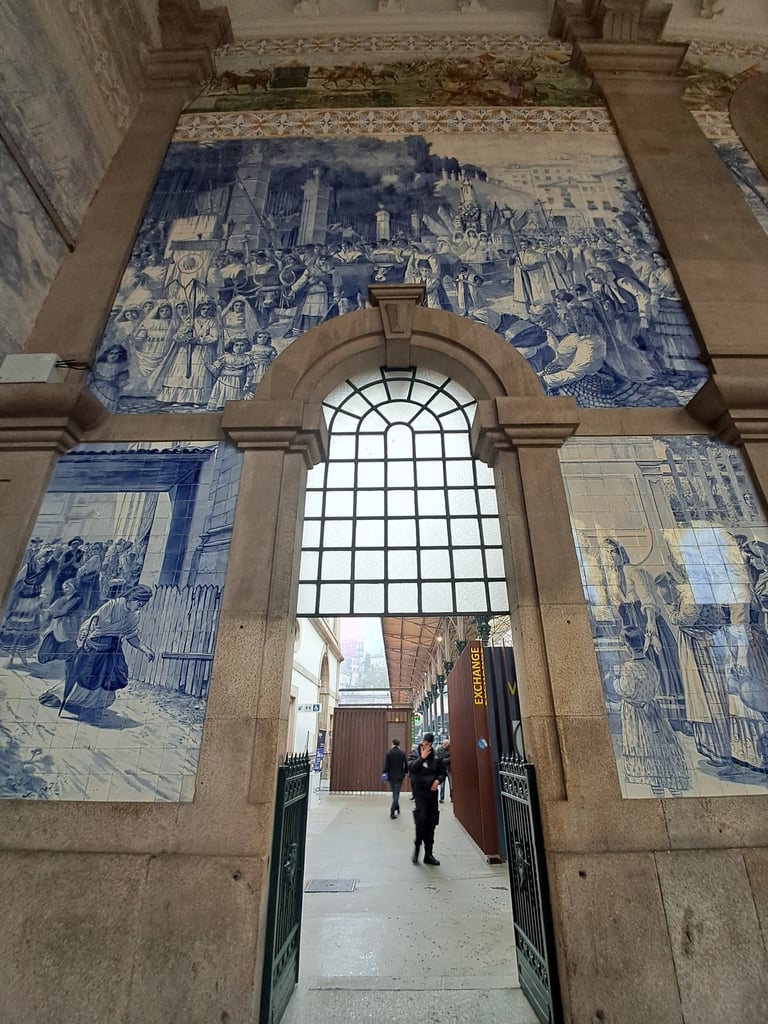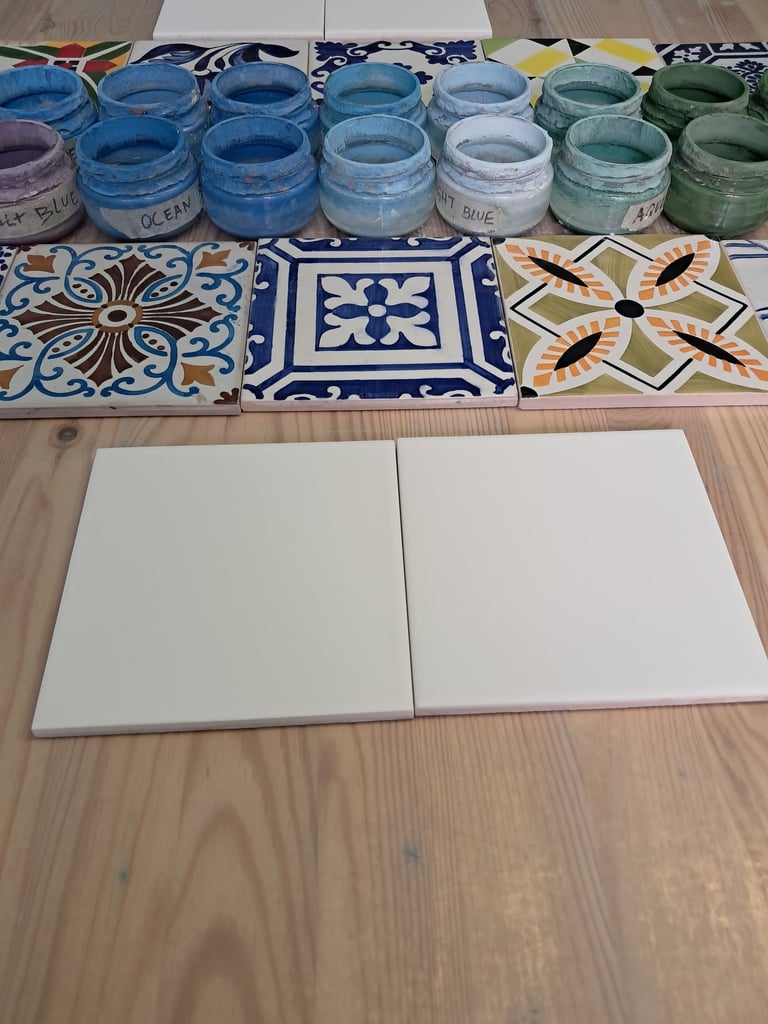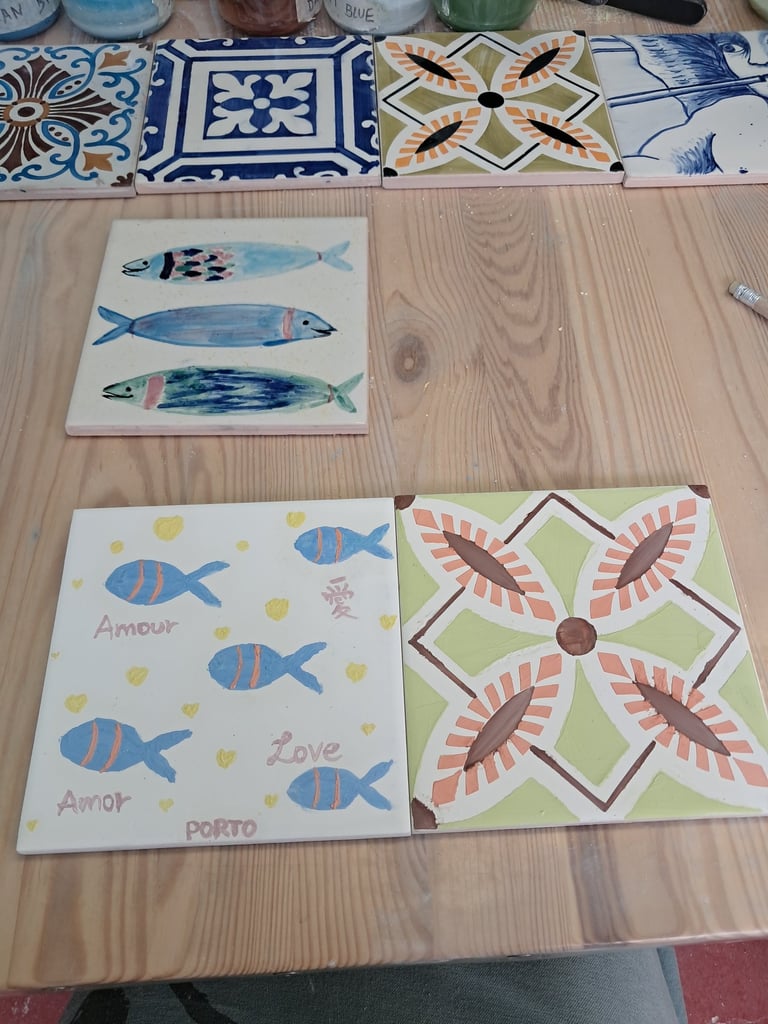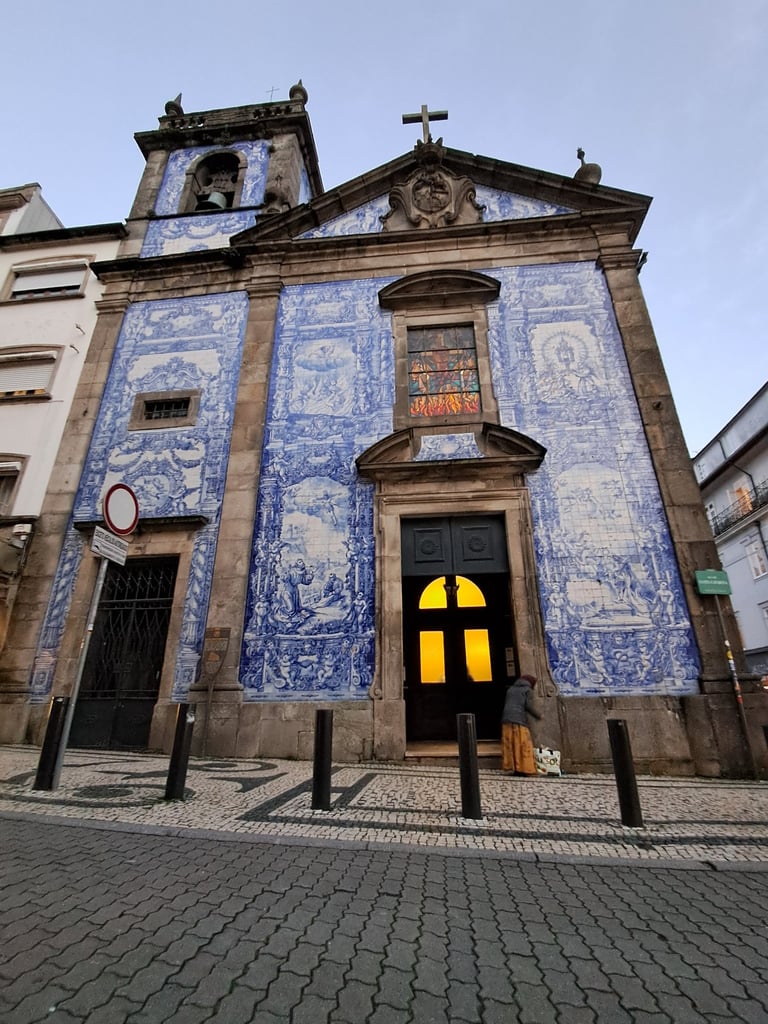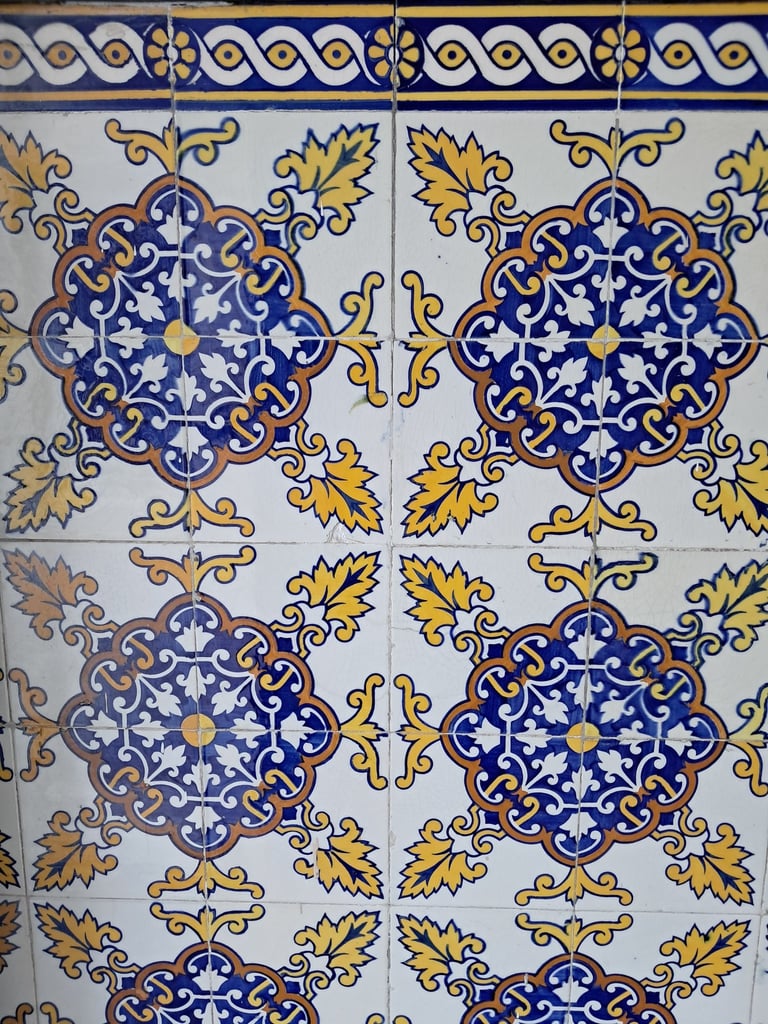Alternative ways to experience Azulejo tiles in Porto
Explore unique ways to experience Porto’s iconic Azulejo tiles, from hands-on workshops to hidden cultural gems. Discover the history and artistry behind these beautiful ceramic tiles in the heart of Porto.
The taste of Winter energy @ Porto
2/15/2024
When you walk through the streets of Porto, the first thing you’ll notice is the stunning, artfully painted tiles. These tiles, called azulejos, trace their roots back to Arabic influences, introduced to the Iberian Peninsula through Spain. Traditionally, they were used in churches, palaces, and other important buildings, often featuring intricate patterns in blue tones. You can see some of the most iconic examples at the Igreja de Santo Ildefonso, Capela das Almas (Chapel of Souls), and São Bento Railway Station.
Over time, these beautiful tiles spread beyond grand buildings and became part of everyday life. Today, you’ll see them decorating the façades of homes throughout the city.
There’s even a small, free museum—Banco de Materiais—which serves as a repository for architectural elements salvaged from deteriorating or demolished buildings in Porto. If you're renovating an old building in the historic center, locals can receive free consultations and materials, making it not only a cultural stop but also a valuable resource for preservation.
While thinking about the perfect souvenir to bring back from Porto, I came up with an idea: why not create my own tile? I signed up for a tile-painting workshop at Gazete Azulejos in the Bonfim neighborhood. It wasn’t just a hands-on art class; it’s also a project dedicated to documenting and preserving traditional tile patterns. I loved the thought that, in a small way, I could contribute to the protection of Porto’s artistic legacy.
The workshop was full of travelers from around the world, and for a couple of hours, we were all artists. It was surprisingly fun, and a bit more challenging than I expected!
Our instructor shared the history of Porto’s tiles and taught us how to paint them using traditional techniques. First, we chose a pattern, then carefully transferred the outline onto a blank tile. The tricky part? Applying paint layer by layer while controlling the water; too much, and the design would blur.
I took the class on Valentine’s Day, so I chose a pattern that’s commonly found on Porto streets (simple enough for beginners, haha), along with a tile of colorful fish featuring the word “love” in English, French, Portuguese, and Traditional Chinese.
After painting, our tiles were glazed and fired in the kiln. We returned the next day to pick up our creations, each one a small piece of Porto that we could take home.
Creating my own Porto tile was so much fun and deeply meaningful. If you love handmade souvenirs and want to support the preservation of Porto’s unique tile culture, don’t miss this experience when you're in town. It’s a beautiful way to bring a piece of Porto home with you, crafted by your own hands.

